Brazilian sirado coffee beans brewing parameters suggested flavor characteristics bourbon varieties coffee grade classification
On the front street, there is a food rations from Hilado in the southern state of Minas Gerais, Brazil, which is a common red bourbon. As a coffee with high performance-to-price ratio, it is a good choice for beginners to enter the pit. The use of semi-washing treatment, inclined to medium-deep roasting degree, so that the dry aroma of this coffee has the aroma of creamy peanuts, while brewing shows the flavor of nuts. The entrance is obviously balanced, the alcohol thickness is moderate, the sweetness is high, and the latter part turns to chocolate sweetness, which is very layered, but it is actually one of the first entry-level coffee.
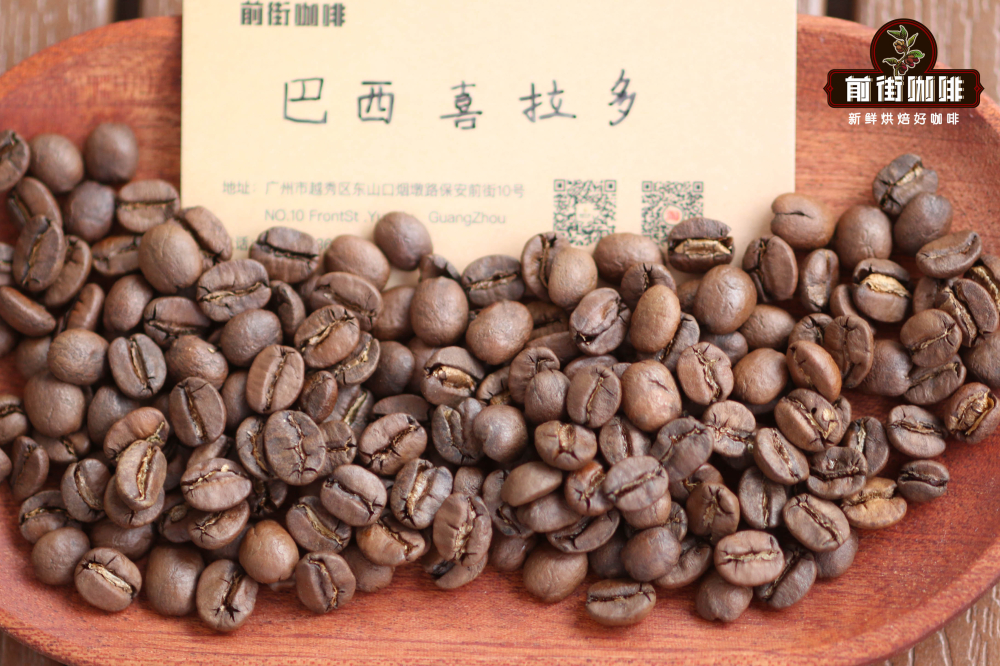
Brazilian Coffee wins by quantity
Brazil is the first coffee producer and the largest coffee producer in the world. It has a wide planting area. A total of 17 states produce coffee in Brazil. At the same time, there are many varieties of coffee in Brazil, mainly red bourbon, yellow bourbon, New World and Kaduai. As a result, Brazilian coffee can easily affect the price of coffee futures. For example, when Brazilian coffee production was reduced due to drought in the first half of 2022, the price of type C coffee futures in New York rose by 20%.
Brazil has a flat and vast terrain, which is very suitable for large agricultural machinery operations, so the idea of coffee cultivation in Brazil is to win by quantity and take the civilian route, so it is difficult to see some coffee that can be sold at ultra-high prices in the boutique coffee market.
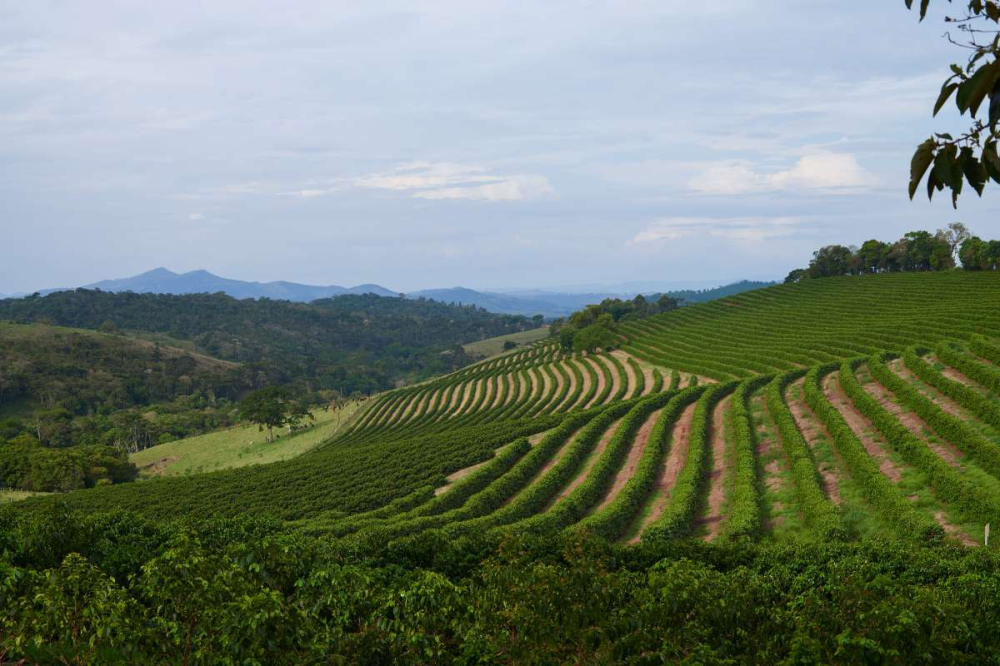
Coffee producing area of Hillado, Brazil
The hilly woodland where South Minas is 700m-1200m above sea level is the earliest production area of Brazilian coffee. Due to the increase in labor costs, it is now mostly harvested by machinery, and it is also the earliest commercialized area of coffee. We can see that many large exporters are also standing here. Bahia, located in the north of Brazil, mainly produces washing in Brazil, and Espiritu Santo, near the sea, is the main export area of Brazilian Robusta varieties.
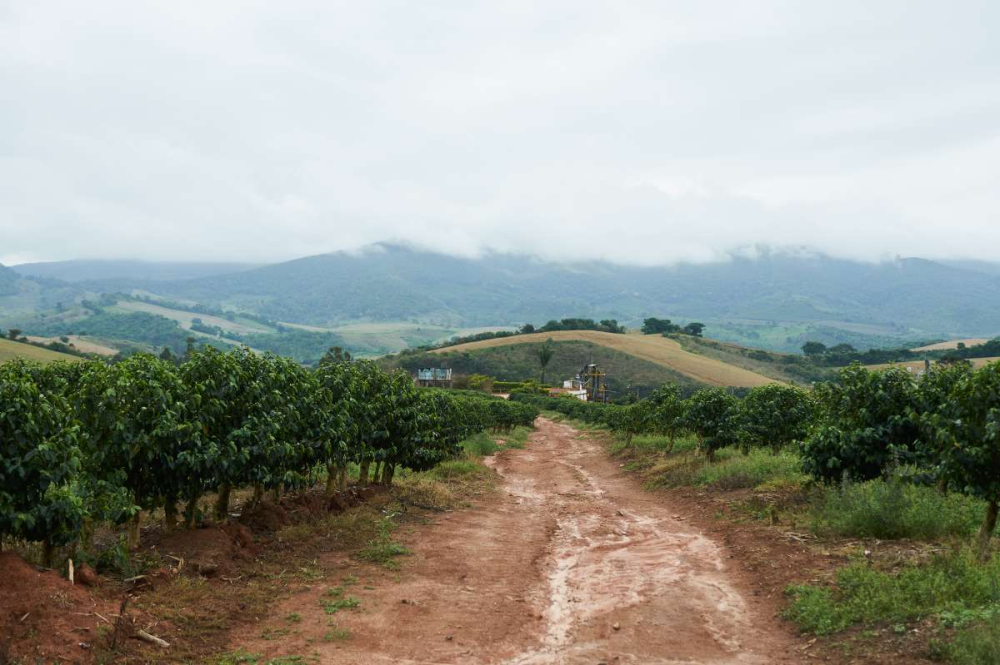
There are mainly two kinds of topography in Brazil, one is the Brazilian plateau above 500 meters above sea level, and the other is the Brazilian plain below 200 meters above sea level. The main cultivated and well-known variety is bourbon (including yellow bourbon, red bourbon, Pingdou Shan du Shi). The taste of Brazilian coffee is mainly characterized by low acidity, nutty flavor, balanced and moderate thickness. In the world of boutique coffee, Brazilian coffee is not outstanding, but Brazilian coffee is often used as a blending variety in Italian coffee. Because of the high degree of balance, it is often used by merchants as blue mountain flavor beans.
The Hirado region of Brazil. However, not all coffee produced in the prairie of Syracuse can bear the name of Syrador. It is only on the Mesa of the central and western part of Minas Province, which is 1100-1300 meters above sea level, that sweet, mellow and fishy coffee can be grown because of its high altitude and fertile soil.
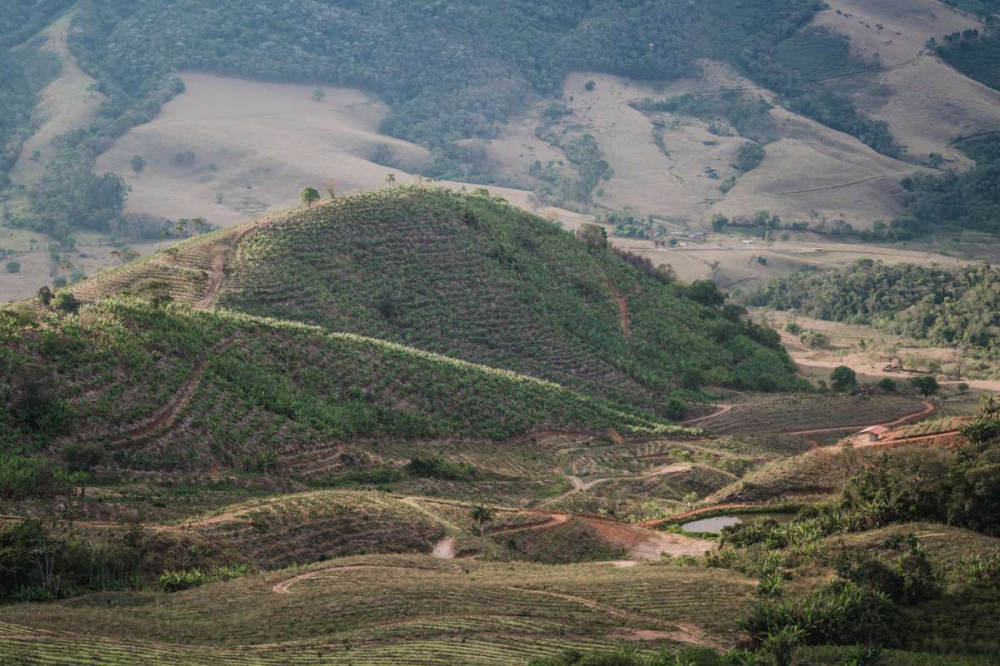
In Hirado, in addition to the unique soil and climate, there is also a special phenomenon, that is, when you grow coffee near, you will always find one or two farms where livestock are raised. The existence of the farm is the characteristic of the structure of the Sirado agricultural community. The weeds in the coffee fields in Brazil are good feed for livestock, and the manure of livestock on the farm is the high-quality organic fertilizer for coffee trees. The whole ecological environment is balanced, so there are often traces of small animals and earthworms on the ground, and the farms and ranches near the coffee growing areas are one of the typical landscapes of the Hirado coffee producing area.
Most coffee farms are less than 1000 meters above sea level, and it is customary to use the sun-exposed planting method, which is originally inconsistent with the high-altitude shade planting required by high-quality coffee beans, but by chance, it has developed a unique low acidity and nutty flavor, sweet and mellow. Popular Brazilian soft bean flavor with no obvious floral and fruity aromas. But for coffee lovers, Brazilian coffee has neither outstanding advantages nor obvious defects. This kind of coffee with mild taste, low acidity, moderate mellow, light sweetness and chocolate flavor is the best test for taste buds to distinguish them one by one.
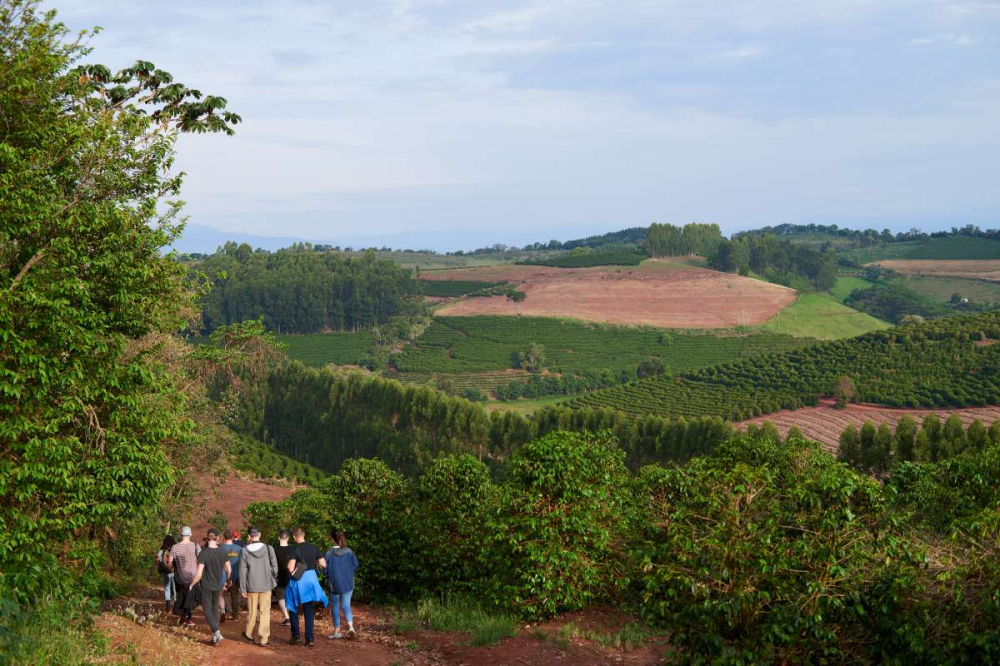
Semi-washing method
In fact, semi-washing can also be called half-sun method, which is a coffee treatment method adapted to local conditions in Brazil, because Brazil used crude sun treatment in the early days, and because of the unstable climate, the coffee produced is of poor quality and has many flaws and defective beans. And it smells rotten. In order to solve this problem, the semi-washing method is used instead.
Treatment steps: after picking coffee cherries, remove the immature fruit and foreign body through the sink, remove the skin and part of the pulp, and then use the pectin machine to remove the mucous membrane. The removal of mucous membrane helps to reduce the required sun drying time and reduce the risk of fermentation. This method is often used when the climatic conditions are not so ideal. If the air humidity is high, the climate is warm or there is rain, then there is a risk of mildew in the drying process. As a result, most of the washed beans used in commodity trade in Brazil are processed by semi-washing.
Brazilian coffee bean grade
The grade of Brazilian coffee beans is usually marked on the sacks of raw beans. For example, the sacks of Brazilian coffee beans bought on the front street are printed with the word "NY2 SCR17/18 GOOD CUP", which actually represents three indicators. NY2 refers to the defective grade, 17stroke 18 refers to the size of the coffee bean, and GOOD CUP refers to the cup test grade.
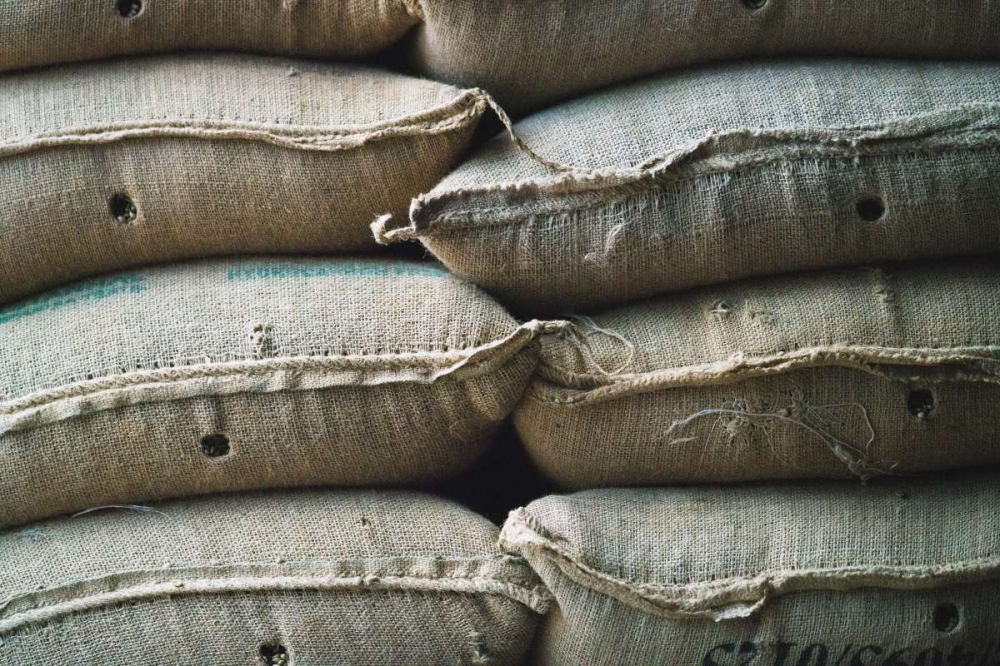
The method of grading Brazilian coffee beans according to the defect rate is the "deduction method", which is classified according to the number of defective beans per 300g of main beans, with a total of seven levels from NY.2 to NY.8, and a deduction of less than 4 can be classified as NY.2. Not a single defective bean can certainly be called NY.1, but this situation is rare, unable to maintain a certain supply, so Brazil set NY.2 as the highest level, not NY.1.
Rations beans do not represent cheap beans.
Qianjie has always set up a series of rations beans, in which most coffee beans are 25 yuan / 100g, so many people have different views on rations beans, some as cheap beans for daily consumption, and some think that they are low-grade coffee beans. The definition of rations beans in Qianjie represents the classic flavor of a producing area.
For example, Ethiopia, Qianjie chose Yega Xuefei coffee beans, Indonesia, Qianjie chose Lin Dong Manning coffee beans, Colombia, Qianjie chose traditional washed Whelan coffee beans. In Brazil, Qianjie chose this Hirado red bourbon. Although these coffee beans are not the best in this producing area, they have the flavor characteristics of this coffee producing area. Nowadays, coffee producing areas are changing all the time, and Qianjie has also added Poket Rose Summer from Panama to the series of rations beans, because Panama is famous for its Rose Summer, and by the way, CHAKA Rose Summer from Rose Summer Village has been added, so that people can tell the difference between Ethiopia and Panama Rose Summer at a lower price. This is the meaning of food and beans in front of the street.
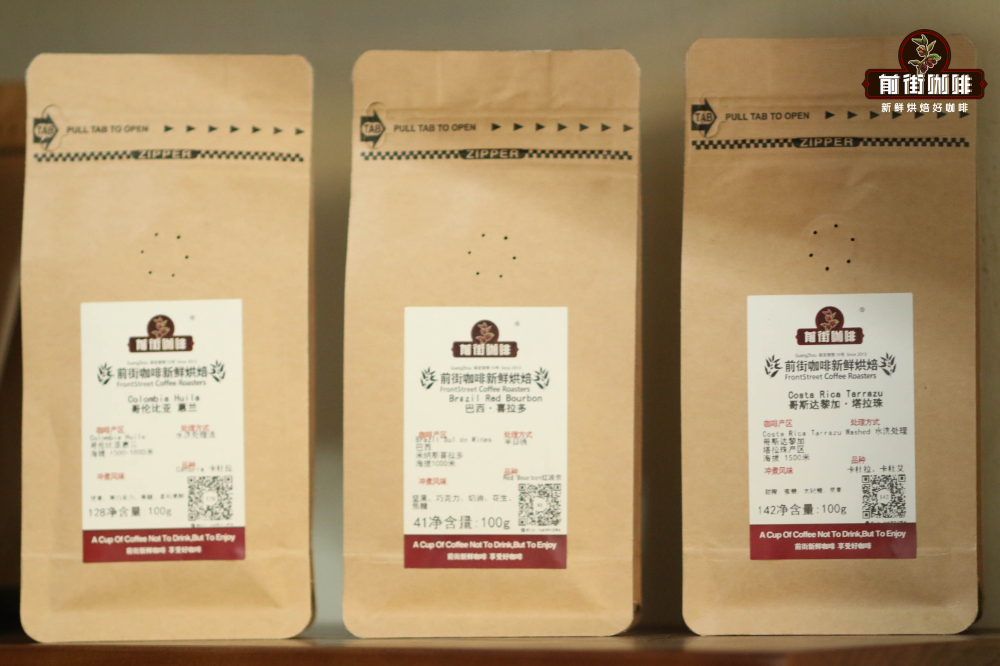
Suggestion of Brazilian red bourbon baking on Qianjie
As mentioned earlier, Brazilian coffee beans are mainly mellow, in order to highlight this flavor, the baking degree is recommended to be more than moderate, this time the Brazilian bourbon beans are moderately roasted.
Brewing scheme
Qianjie coffee will choose Kono filter cup to brew. The characteristic of Kono filter cup is that it has the function of soaking, which can be used to extract more coffee substances and enhance the mellow taste. Because of its few ribs and located at the low end, the filter paper can be attached to the filter cup to achieve the effect of limiting air flow, so as to slow down the flow speed and increase the contact time of gouache.
The water temperature is 88 ℃, which can be regarded as a lower cooking temperature, which can avoid excessive extraction of miscellaneous flavor of coffee beans in the cooking process, because the deeper the roasting degree of coffee beans is, the more miscellaneous smell will increase.
The degree of grinding is medium-coarse grinding, and the pass rate of No. 20 screen is 75%. The proportion is 1:15 and the amount of powder is 15g.
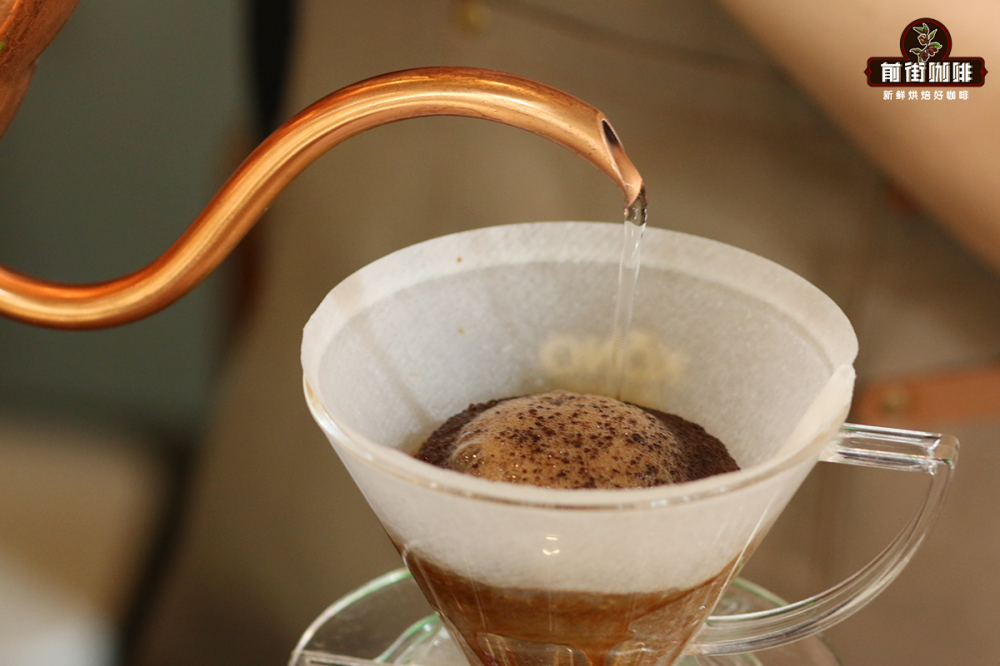
Using segmented extraction, 30 grams of water was steamed for 30 seconds, small water was injected around the circle to 125 grams, and when the water level was about to be exposed to the powder bed, the water injection was stopped to 225 grams, and the extraction time was 2 minutes. Try to keep the cooking methods of the two beans as consistent as possible.
Brazilian Hilado coffee bean flavor description: the entrance is obviously sweet, with a hint of lemon aroma, rich nutty flavor, the latter part is dark chocolate, the overall taste is round.
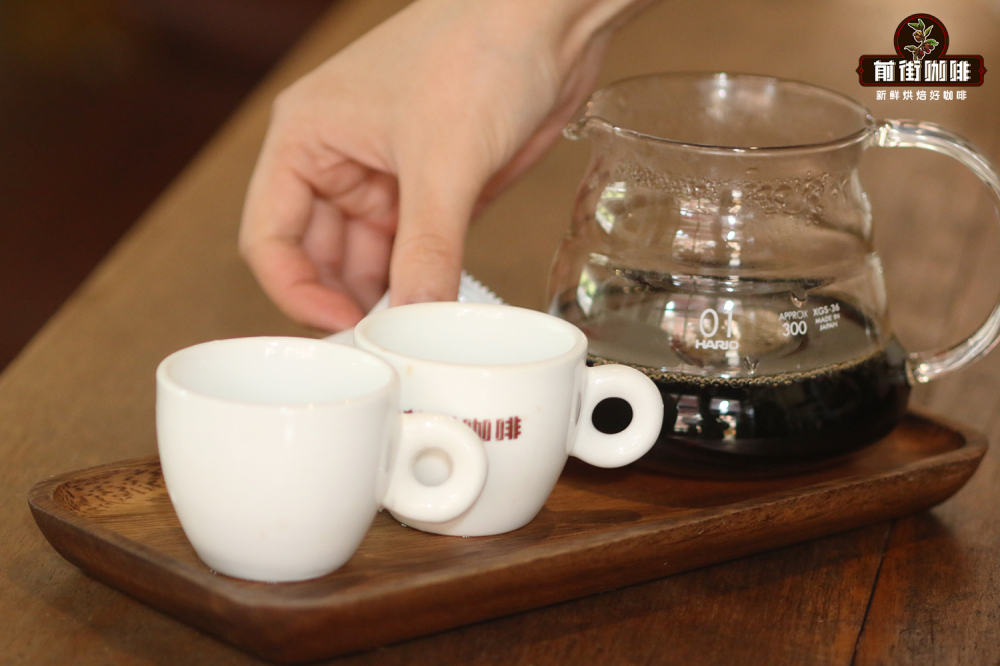
Professional coffee knowledge exchange more coffee bean information please follow the coffee workshop (Wechat official account cafe_style) more boutique coffee beans please add private Wechat Qianjie coffee, WeChat: qjcoffeex
Important Notice :
前街咖啡 FrontStreet Coffee has moved to new addredd:
FrontStreet Coffee Address: 315,Donghua East Road,GuangZhou
Tel:020 38364473
- Prev

The treatment of Sumatra Lindong Coffee Bean Grinding scale Variety producing area Manor
Manning: the palate is rich and solid, with a pleasant sour taste. The smell is mellow, the acidity is moderate, the sweetness is rich and very intriguing, it is suitable for deep baking and exudes a strong aroma. The gentleman in coffee-- Sumatra Mantenin is a first-class coffee bean growing in the plateau and mountain area at an altitude of 750-1500 meters. It is of first-class manning quality produced by Takengon and Sidikalang.
- Next
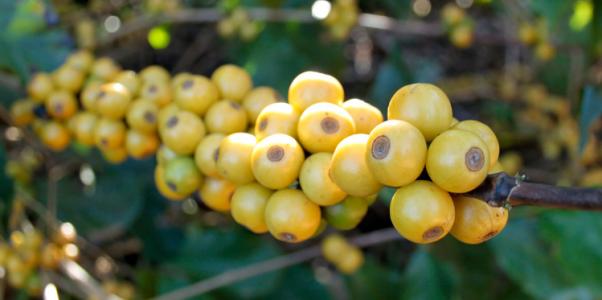
What are the flavors and tastes of Aishb coffee beans from Panama honey treatment card club?
Kaduai tree species are relatively low, compared with other coffee trees, the fruit of Kaduai is stronger and harder to pick. The fruit is both red and yellow. So far, it has not been found that yellow fruit tastes better than red fruit. On the contrary, some people found in the cup test that although the coffee treated with some yellow fruits has good acidity, the taste of the coffee is cleaner than that of the red fruit.
Related
- Detailed explanation of Jadeite planting Land in Panamanian Jadeite Manor introduction to the grading system of Jadeite competitive bidding, Red bid, Green bid and Rose Summer
- Story of Coffee planting in Brenka region of Costa Rica Stonehenge Manor anaerobic heavy honey treatment of flavor mouth
- What's on the barrel of Blue Mountain Coffee beans?
- Can American coffee also pull flowers? How to use hot American style to pull out a good-looking pattern?
- Can you make a cold extract with coffee beans? What is the right proportion for cold-extracted coffee formula?
- Indonesian PWN Gold Mandrine Coffee Origin Features Flavor How to Chong? Mandolin coffee is American.
- A brief introduction to the flavor characteristics of Brazilian yellow bourbon coffee beans
- What is the effect of different water quality on the flavor of cold-extracted coffee? What kind of water is best for brewing coffee?
- Why do you think of Rose Summer whenever you mention Panamanian coffee?
- Introduction to the characteristics of authentic blue mountain coffee bean producing areas? What is the CIB Coffee Authority in Jamaica?

